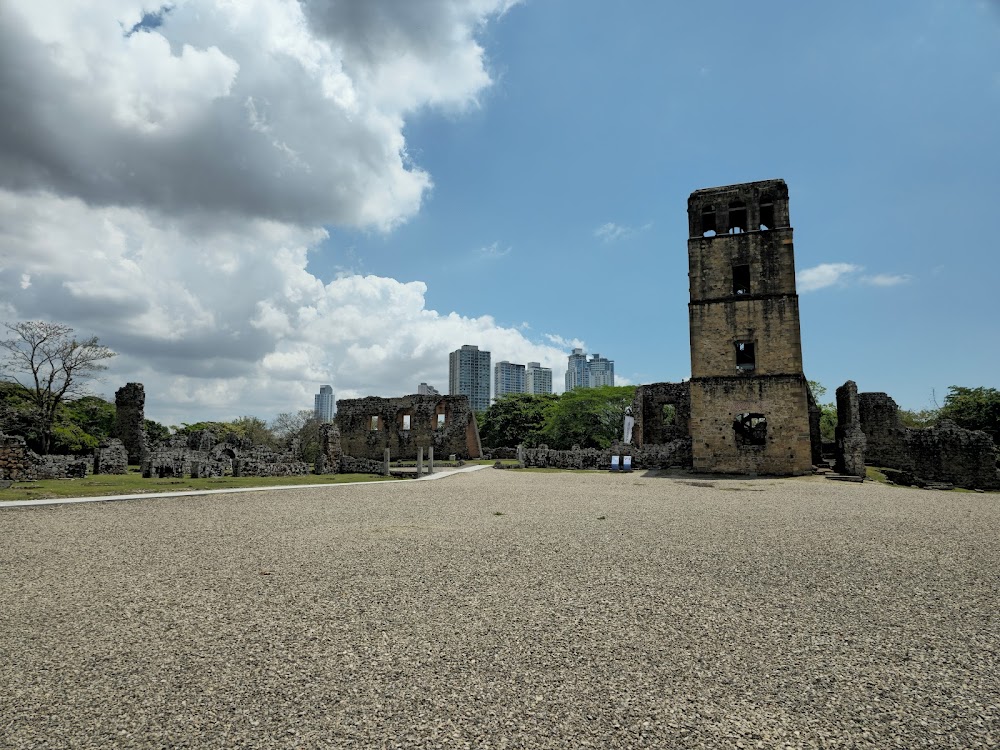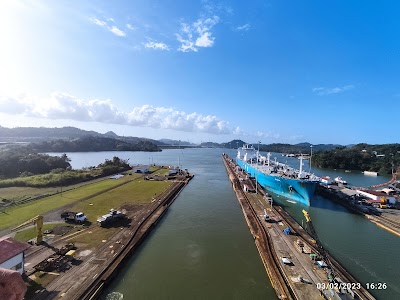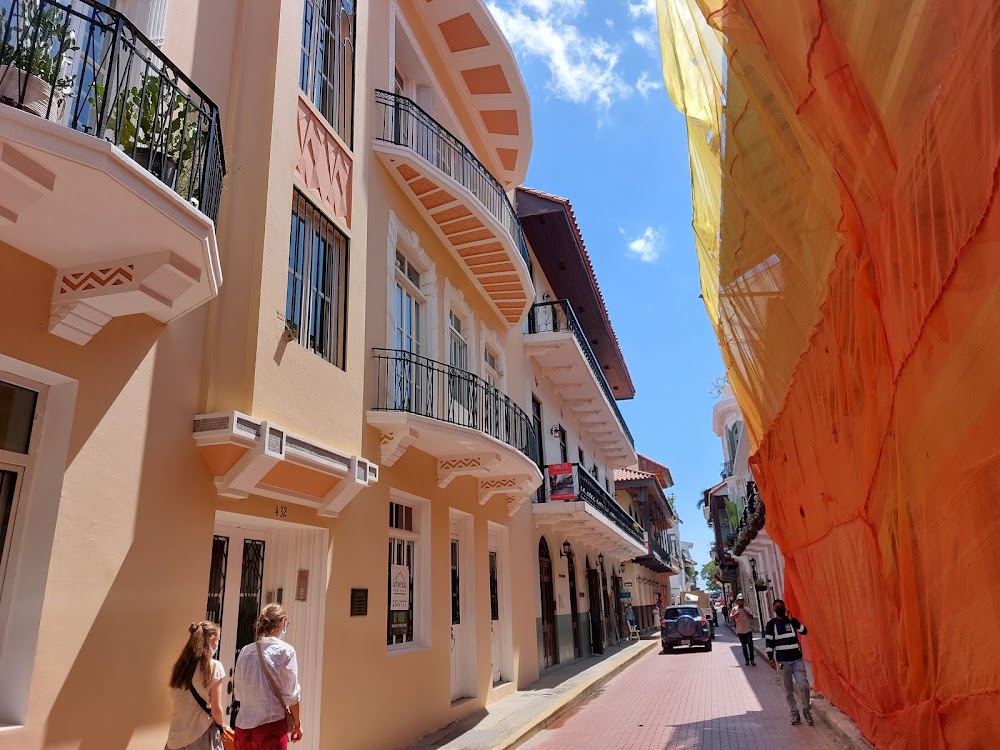Panama Viejo (Panamá Viejo)
Overview
**Panamá Viejo**, nestled in Panama City within the Panama Province, is a remarkable site that marks the original settlement of the nation. Founded on August 15, 1519, by the Spanish conquistador Pedro Arias Dávila, it proudly holds the title of the oldest European settlement on the Pacific coast of the Americas.
The city was strategically established along the eastern Pacific coast, serving as a launch point for expeditions into South America's interior and facilitating vital trade routes. It became a crucial hub for the Spanish, channeling gold and silver from Peru before these riches were transported to Europe. The initial layout of Panamá Viejo featured a main plaza, religious buildings, and residential areas, all constructed using locally sourced materials like wood and clay.
As time progressed, the city expanded and saw the rise of notable structures such as the **Cathedral of Nuestra Señora de la Asunción** and the **Church of San José**. The cathedral, built between 1619 and 1626, was iconic due to its impressive bell tower, which still partially stands today. The Church of San José, renowned for its ornate wooden altarpiece, tragically lost its original during tumultuous events in the city’s history.
Despite facing numerous challenges, including a series of destructive fires and earthquakes, Panamá Viejo continued to develop resiliently. However, its fate took a dramatic turn in 1671 when the infamous Welsh pirate **Henry Morgan** invaded the city with his forces, causing widespread looting and destruction. In the aftermath, settlers sought refuge and established a more defensible settlement a few miles away, which became known as **Casco Viejo** or the Historic District of Panama City.
Though Panamá Viejo was eventually abandoned as the main urban center, its ruins have endured, evolving into an important historical and archaeological site. These ruins offer valuable insights into early colonial urban planning and architecture. In the 20th century, preservation efforts began, culminating in its designation as a **UNESCO World Heritage site** in 1997, a status it shares with Casco Viejo.
Today, visitors to Panamá Viejo can stroll through the remnants of this historic site, including the cathedral's bell tower, which provides breathtaking panoramic views of the surrounding area. Informational plaques and an on-site museum enrich the experience by offering context and recounting the city’s vibrant history. Ongoing preservation efforts involve both local and international experts dedicated to conserving the remaining structures.
**Panamá Viejo** stands as a testament to the early colonial era in Panama, embodying the resilience and cultural heritage of its people. As visitors explore the ruins, they connect deeply with the past, gaining a better understanding of the events that shaped the nation’s history.







